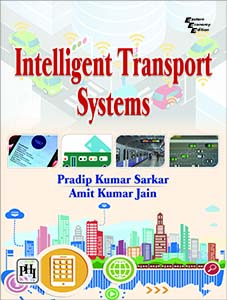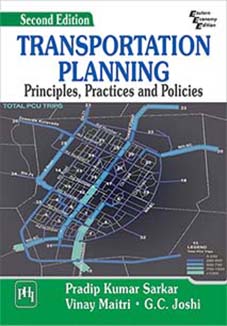CLCU49
LanguageENG
PublishYear2019
publishCompany
WSPC
EISBN
9789813224100
PISBN
9789813224087
- Product Details
- Contents
This unique book explains how to think systematically about public transportation through the lens of physics models. The book includes aspects of system design, resource management, operations and control. It presents both, basic theories that reveal fundamental issues, and practical recipes that can be readily used for real-world applications. The principles conveyed in this book cover not only traditional transit modes such as subways, buses and taxis but also the newer mobility services that are being enabled by advances in telematics and robotics.Although the book is rigorous, it includes numerous exercises and a presentation style suitable for senior undergraduate or entry-level graduate students in engineering. The book can also serve as a reference for transportation professionals and researchers keen in this field.
- Contents
- Preface
- About the Authors
- Chapter 1. Transit Basics
- Chapter 2. Analysis Tools
- Chapter 3. Planning — General Ideas
- Chapter 4. Planning — Shuttle Systems
- Chapter 5. Planning — Corridors
- Chapter 6. Planning — Networks
- Chapter 7. Planning — Flexible Transit
- Chapter 8. Management — Vehicle Fleets
- Chapter 9. Management — Staffing
- Chapter 10. Operations — Reliable Transit Service
- Chapter 11. Epilogue: Economics and Pricing
- Index
Collected by
- Princeton University
- Yale University
- MIT
- UCB









